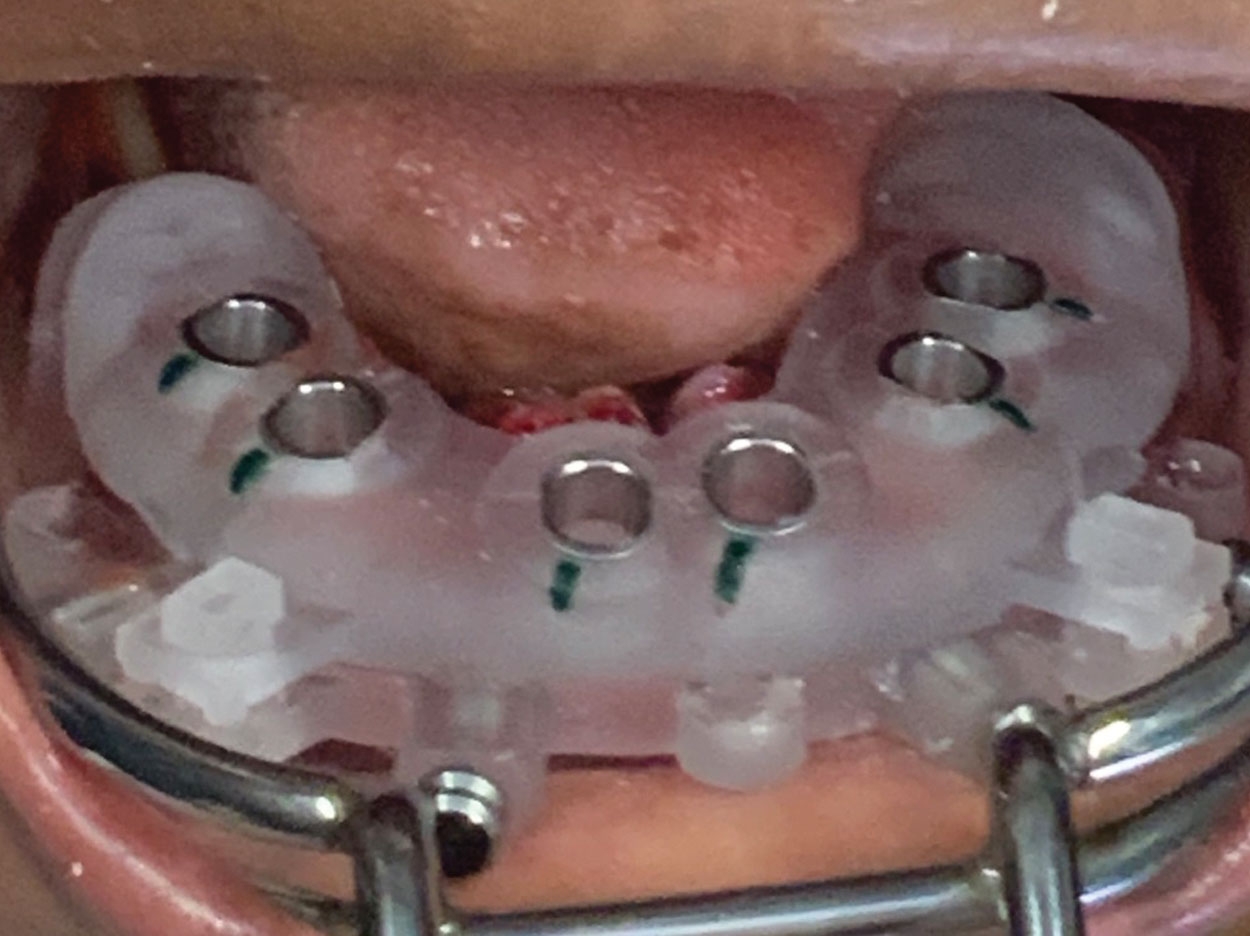
Over the years, Dentistry Today has been an awesome source of information to stimulate dentists to investigate the newest protocols and their possible implementations in the practice. Of course, these decisions should be made after undertaking further research and additional education.
Dentists of all experience levels need to know that some of the procedures presented are complicated and require a full understanding of the techniques involved.
For example, Dr. Todd Engel’s article in this issue provides a step-by-step discussion of one of the most publically advertised dental implant treatments: edentulous arches. This type of therapy seems simple enough, but there is a lot of thought and preparation that goes into the process prior to any surgical intervention. CBCT analysis allows us to virtually determine the position of dental implants to support a fixed or fixed/detachable prosthesis. It is imperative that doctors understand the specific rules to follow to create such an appliance before any placement of implants. There needs to be a certain amount of inter-occlusal space per arch provided, and this can mean removing valuable bone to accommodate the implant-retained bridgework. Precise surgical guides must be fabricated.
In his article, Dr. Engel describes a reduction guide to level the available hard tissue, then an implant placement guide allowing for specific positioning of the supporting dental implants. Once the implants were initially stabilized, a prefabricated screw-retained transitional appliance was delivered. Please be aware that this step is critical to the long-term success of the case. When immediate loading of implants is required, the prosthetic architectural design is important for initial stabilization and integration. Any discrepancy in the evaluation, virtual design of the surgical guides, surgical placement, and/or immediate positioning of the transitional appliance can result in retreatment. It is crucial that clinicians who want to provide this often-requested therapy be well educated and skilled.
If you have any questions or comments about this topic, or any other subject presented in Implants Today, feel free to contact Dr. Kosinski at drkosin@aol.com.
Related Articles
Expanding Diagnosis and Treatment Skills
Technology Upgrades in Re-treating a Hybrid Prosthesis
Tooth Extractions and Bone Grafting











